Search

Wearing a Respirator? Then No Facial Hair for You!
At commercial or private applicator re-certification trainings, it is possible to hear the phrase, “Don’t wear a respirator if you have facial hair!” Facial hair, whether a full beard or stubble, may prevent respirators from sealing to the skin or interfere with their valve function.
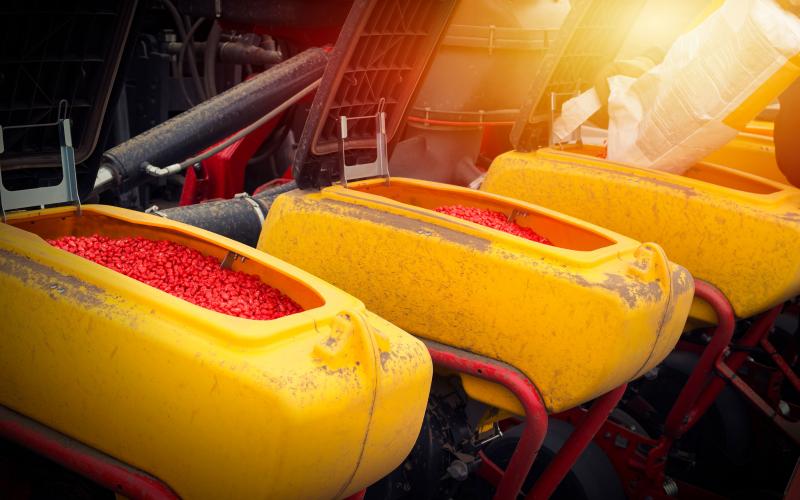
Switching Corn Hybrid Maturities
The decision to change maturities is ultimately up to each individual producer and is based on unique situations such as risk tolerance and harvest capabilities, such as drying capacity.
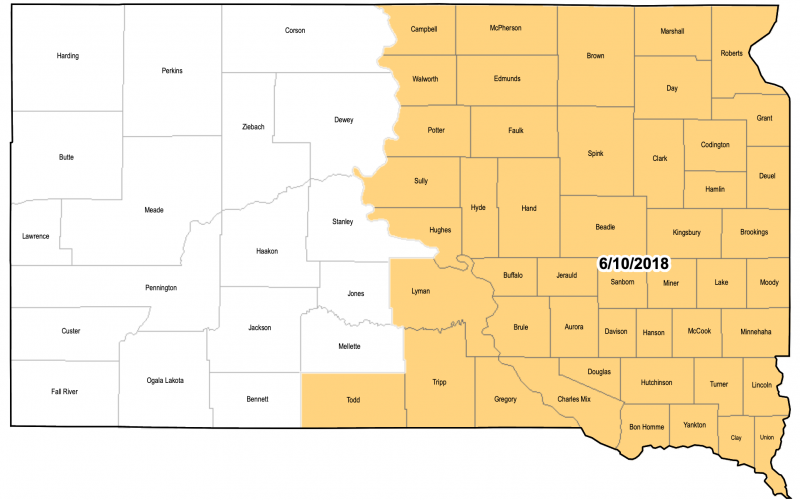
Multi-Peril Crop Insurance: Delayed and Prevent Plant Choices
Crop insurance late plant dates are fast approaching for planting crops in South Dakota. The weather and soil conditions this spring will likely lead to some prevent plant situations for farm producers.

Large Farms More Dominant in South Dakota Crop Production
Large farms play a more dominant role in South Dakota crop production, according to the recently released 2017 U.S. Census of Agriculture. As of 2017, large farms of more than 2,000 acres operate 66.8% of South Dakota total cropland aces compared to 47.7% as of 1997.
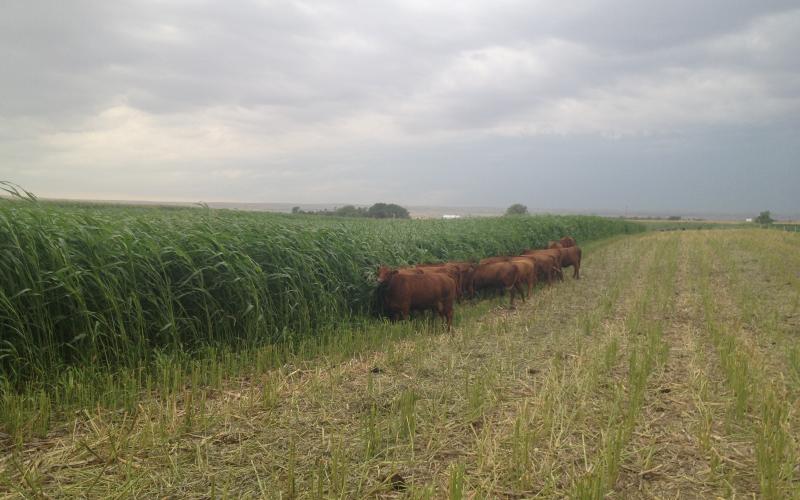
Delayed Planting Challenges: Alternative Forages
With the excessively wet planting conditions much of South Dakota is now experiencing, many producers are looking for “Plan B” to meet forage needs for their livestock, or as a commodity that can be marketed to livestock producers.
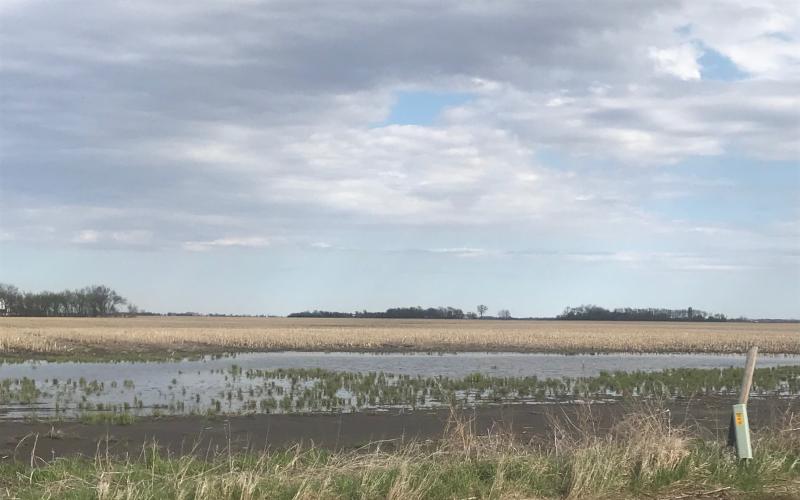
Delayed Planting Challenges: Cover Crop Considerations
High waters and saturated soils across many counties in South Dakota have producers worried about getting their crops planted in a timely manner this spring. In many areas, typical cash crops will not be a possibility. Producers may need to develop alternative plans.
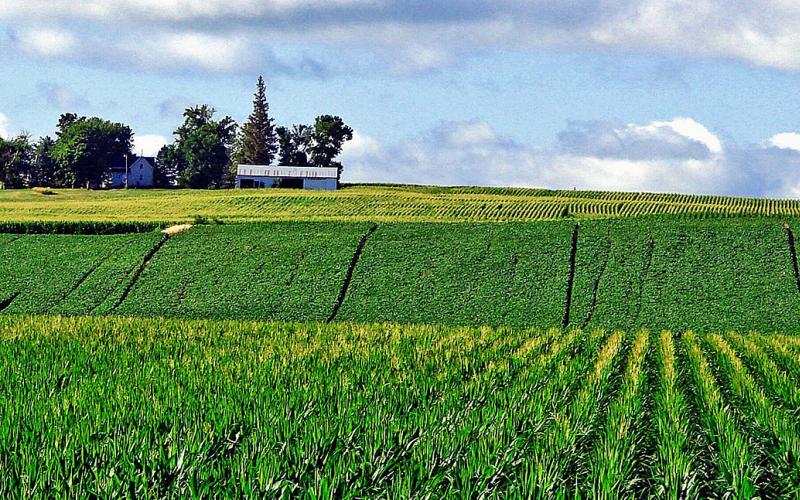
Are My Crops Susceptible to Chilling Injury?
To say that the spring of 2019 has been a challenge for South Dakota producers is an understatement. According to the USDA-NASS, corn and soybean planting progress in SD was pegged at 19% and 4% on May 20th, respectively, which is far below the 5-year averages of 76% and 39%. Last week was the first time much of either crop was planted in SD.
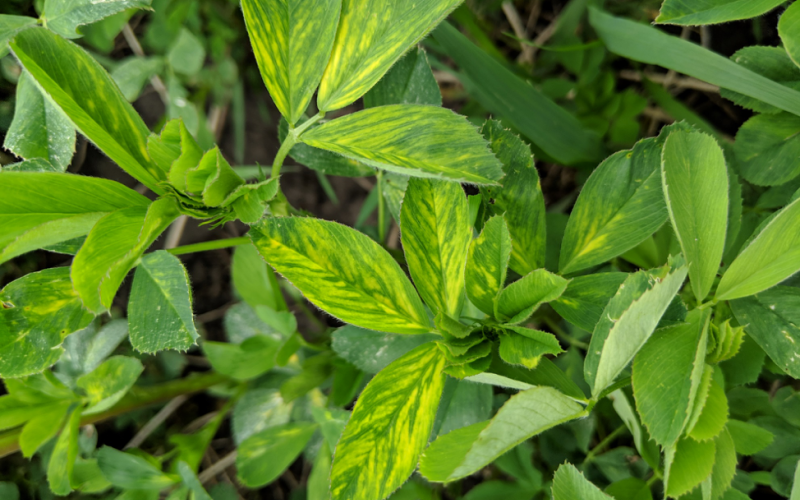
Alfalfa Mosaic Developing in a Few Alfalfa Fields
In South Dakota, alfalfa fields that were recently scouted were found to be infected with Alfalfa mosaic virus (AMV) at a very low incidence. AMV is a common virus in alfalfa that can also infect soybeans.
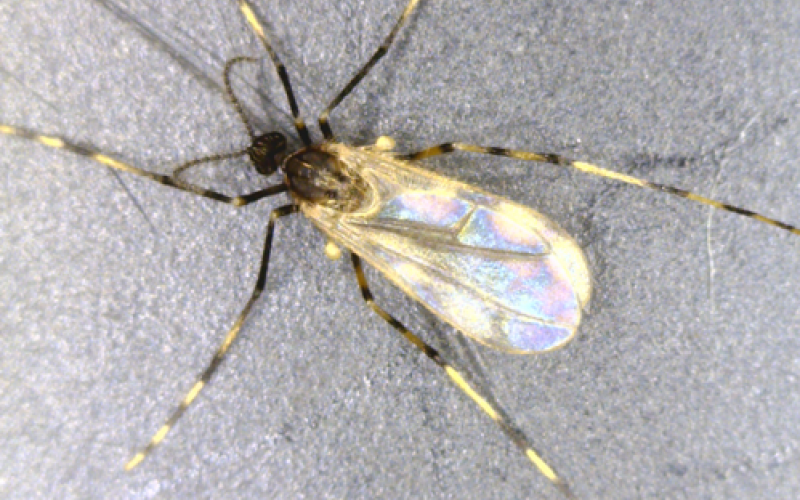
Soybean Gall Midge: It’s a New Species!
Researchers recently determined that the soybean gall midge, discovered in South Dakota in 2015, is actually a previously undocumented species. The origin of the new species, Resseliella maxima Gagné, is still unknown.
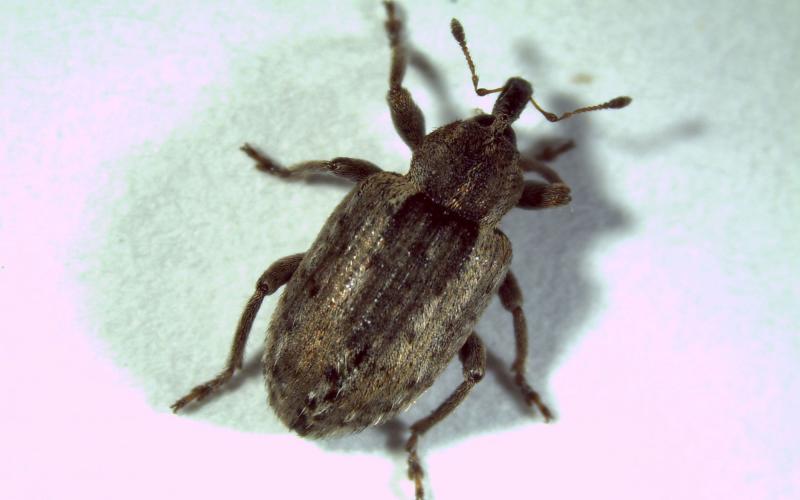
2019 Alfalfa Weevil Activity
It was another cool week in South Dakota with not a lot of degree day accumulation occurring. Alfalfa fields should still be monitored for alfalfa weevil activity even though the cool wet weather might have slowed this pest down.